Journalism grapples with its class problem
It’s no secret that the demographics of America’s journalists don’t match those of the general population. To take two prominent examples, people with left-wing political views are overrepresented and people of color are underrepresented.
But while those issues have received lots of attention over the years, another has gone somewhat unnoticed: that of social class.
Journalists, especially at national news outlets, come disproportionately from well-off families, large metropolitan areas, and top-tier universities. This is a problem because people from such similar socioeconomic backgrounds often share the same cultural outlook and the same blind spots. Their prevalence at leading news organizations also fuels the perception that journalists are haughty elitists. (Full disclosure: As someone who grew up in an affluent suburb and graduated debt-free from an Ivy League college, I’m part of the problem.)
Awareness of journalism’s class problem is growing. Two new books — an academic study and a conservative polemic — emphasize the factors that prevent many people from less privileged backgrounds from working in news, suggesting that this may be a rare area of agreement for press critics across the political spectrum. A recent Wall Street Journal article about the high cost and low return of prestigious master’s degree programs in journalism launched countless Twitter threads decrying classism in hiring at top news outlets. A similar outcry occurred a couple of years earlier in response to a New York Times editor’s tweet listing which programs’ students made the best interns (elite universities dominated the list).
With journalism jobs increasingly concentrated in expensive coastal cities and salaries in the news industry remaining stubbornly low, the problem isn’t going to fix itself. So how can the profession become more open to aspiring journalists from low-income households, first-generation college graduates, and those with degrees from universities that aren’t near the top of the U.S. News rankings?
To start, paying interns and entry-level staffers a living wage would help, so that those who can’t rely on family members for financial support can pursue a career in news without falling deeper into debt. In addition, news outlets might consider actively recruiting journalists from socioeconomic backgrounds that differ from most of their staff.
The key step, however, is simply acknowledging journalism’s class problem. Those responsible for hiring decisions at news organizations should be aware that some socioeconomic groups are underrepresented. And those responsible for coverage decisions should recognize that the newsroom’s collective wisdom on some issues may be skewed by the staff’s lack of socioeconomic diversity.
Greater awareness isn’t a solution, but it’s a start.
Matthew Pressman is an assistant professor of journalism at Seton Hall University.
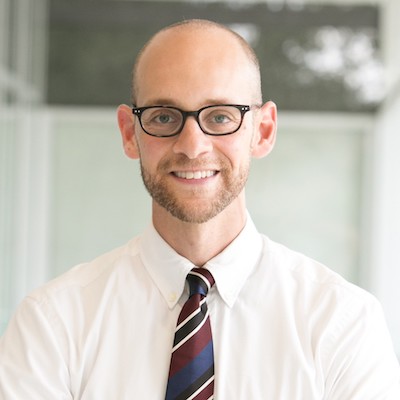
It’s no secret that the demographics of America’s journalists don’t match those of the general population. To take two prominent examples, people with left-wing political views are overrepresented and people of color are underrepresented.
But while those issues have received lots of attention over the years, another has gone somewhat unnoticed: that of social class.
Journalists, especially at national news outlets, come disproportionately from well-off families, large metropolitan areas, and top-tier universities. This is a problem because people from such similar socioeconomic backgrounds often share the same cultural outlook and the same blind spots. Their prevalence at leading news organizations also fuels the perception that journalists are haughty elitists. (Full disclosure: As someone who grew up in an affluent suburb and graduated debt-free from an Ivy League college, I’m part of the problem.)
Awareness of journalism’s class problem is growing. Two new books — an academic study and a conservative polemic — emphasize the factors that prevent many people from less privileged backgrounds from working in news, suggesting that this may be a rare area of agreement for press critics across the political spectrum. A recent Wall Street Journal article about the high cost and low return of prestigious master’s degree programs in journalism launched countless Twitter threads decrying classism in hiring at top news outlets. A similar outcry occurred a couple of years earlier in response to a New York Times editor’s tweet listing which programs’ students made the best interns (elite universities dominated the list).
With journalism jobs increasingly concentrated in expensive coastal cities and salaries in the news industry remaining stubbornly low, the problem isn’t going to fix itself. So how can the profession become more open to aspiring journalists from low-income households, first-generation college graduates, and those with degrees from universities that aren’t near the top of the U.S. News rankings?
To start, paying interns and entry-level staffers a living wage would help, so that those who can’t rely on family members for financial support can pursue a career in news without falling deeper into debt. In addition, news outlets might consider actively recruiting journalists from socioeconomic backgrounds that differ from most of their staff.
The key step, however, is simply acknowledging journalism’s class problem. Those responsible for hiring decisions at news organizations should be aware that some socioeconomic groups are underrepresented. And those responsible for coverage decisions should recognize that the newsroom’s collective wisdom on some issues may be skewed by the staff’s lack of socioeconomic diversity.
Greater awareness isn’t a solution, but it’s a start.
Matthew Pressman is an assistant professor of journalism at Seton Hall University.
Larry Ryckman

Meena Thiruvengadam
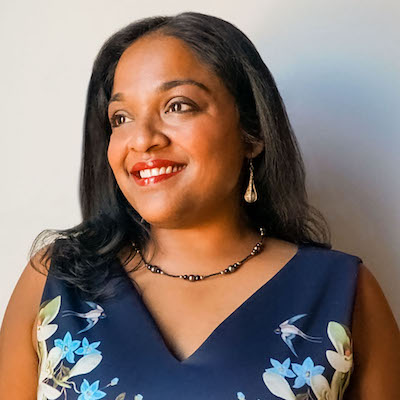
Wilson Liévano
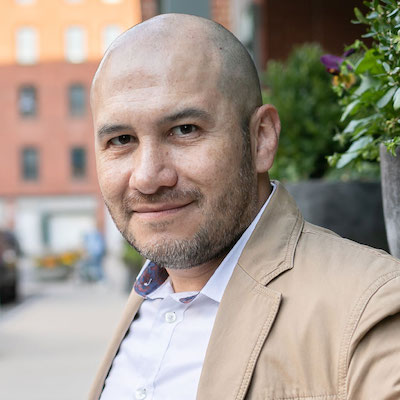
Mike Rispoli
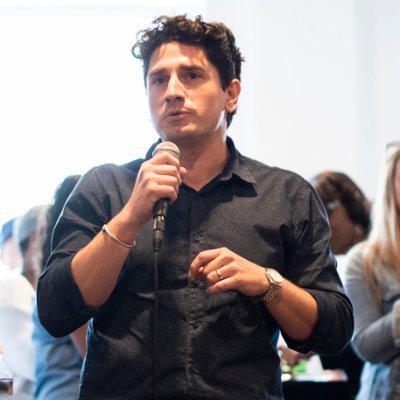
Kristen Jeffers
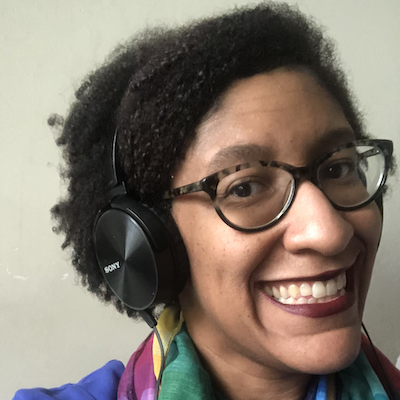
Gordon Crovitz

Matt DeRienzo

David Skok

Joe Amditis

Laxmi Parthasarathy
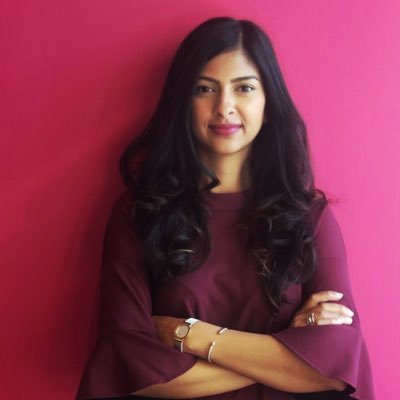
Julia Munslow
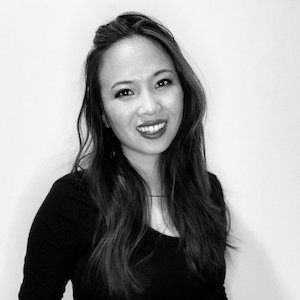
Stefanie Murray

Paul Cheung
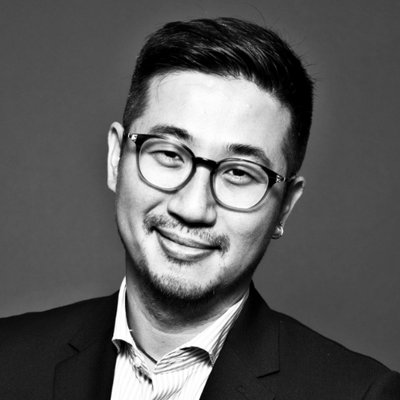
Catalina Albeanu

Cherian George
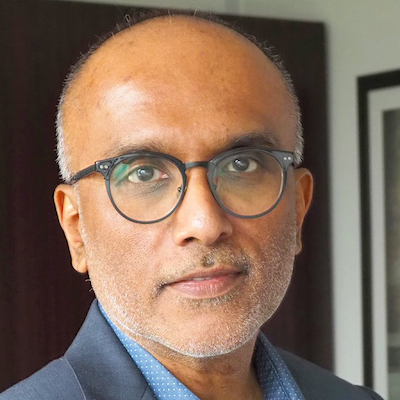
Don Day

Amara Aguilar

Matthew Pressman

Mandy Jenkins

Simon Allison

Megan McCarthy

David Cohn

Anika Anand

A.J. Bauer
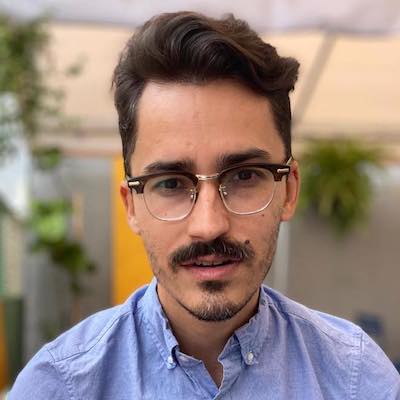
Shannon McGregor Carolyn Schmitt

Cristina Tardáguila
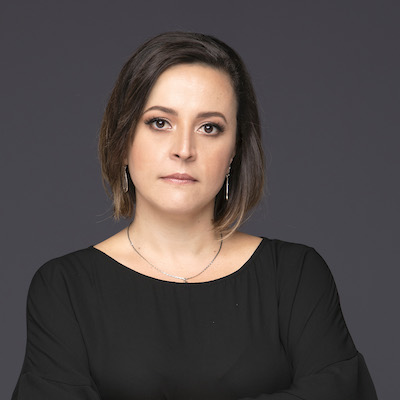
Jennifer Coogan
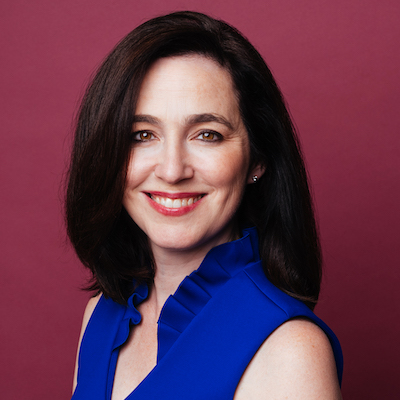
Gabe Schneider

Christoph Mergerson
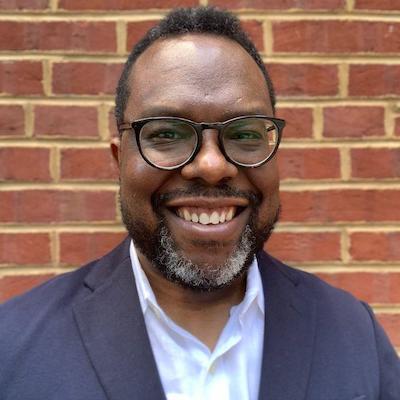
Natalia Viana
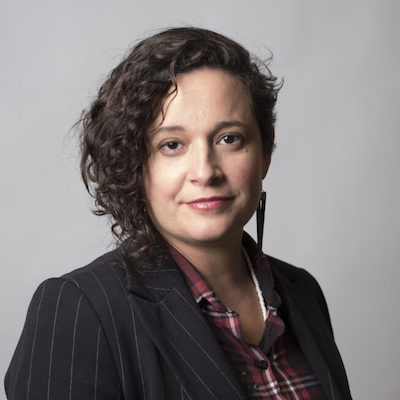
Nikki Usher

Tamar Charney
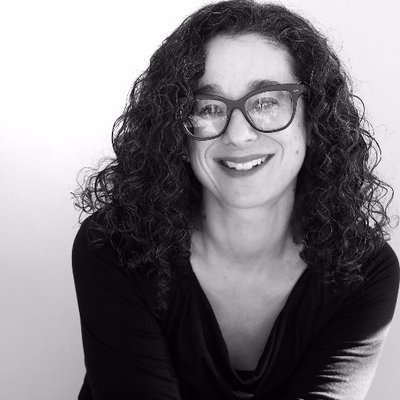
Janelle Salanga

S. Mitra Kalita

Errin Haines

Mary Walter-Brown

Andrew Freedman

Jessica Clark

Jim Friedlich
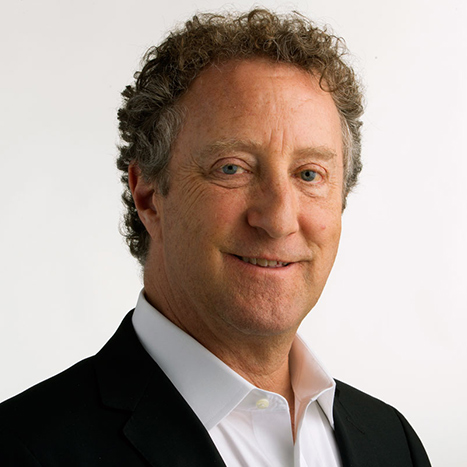
Ståle Grut

Michael W. Wagner
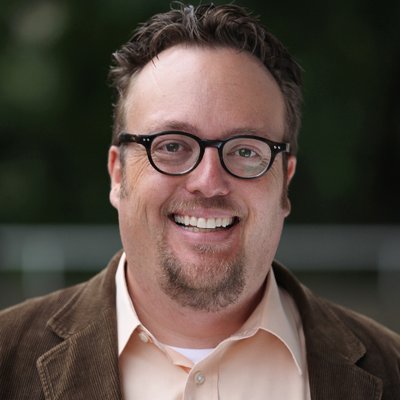
Chase Davis

Kendra Pierre-Louis

Kristen Muller
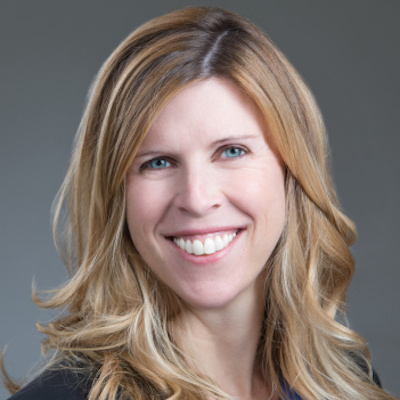
Moreno Cruz Osório

Sarah Marshall

James Green

j. Siguru Wahutu

Eric Nuzum
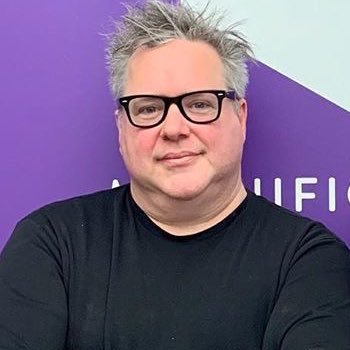
Juleyka Lantigua

Mario García
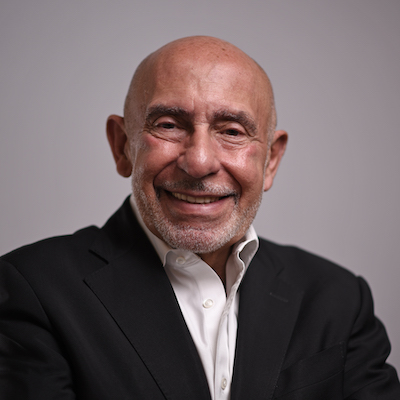
John Davidow

Shalabh Upadhyay
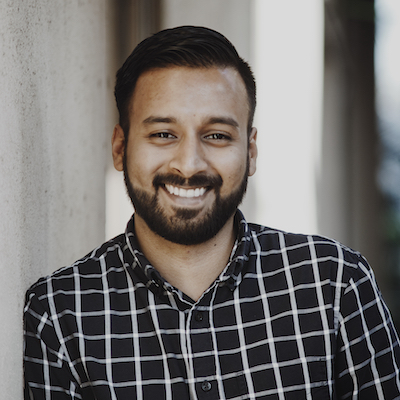
Alice Antheaume

Jonas Kaiser

Jody Brannon

Jennifer Brandel

Sam Guzik
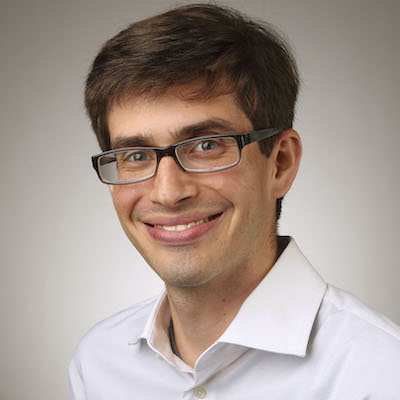
Christina Shih

Francesco Zaffarano
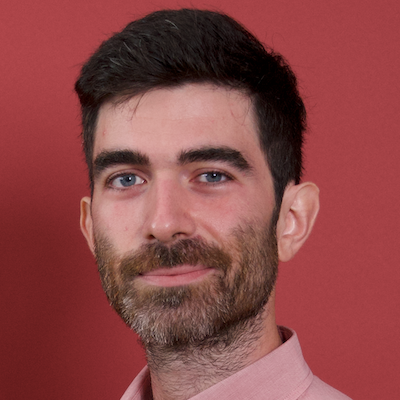
Burt Herman
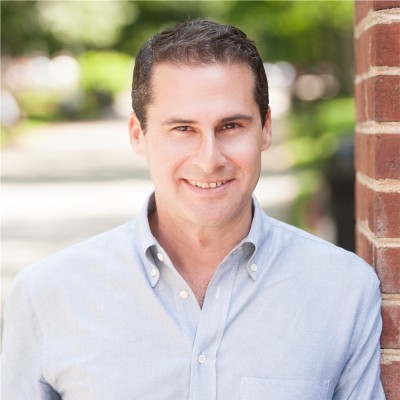
AX Mina

Richard Tofel

Zizi Papacharissi
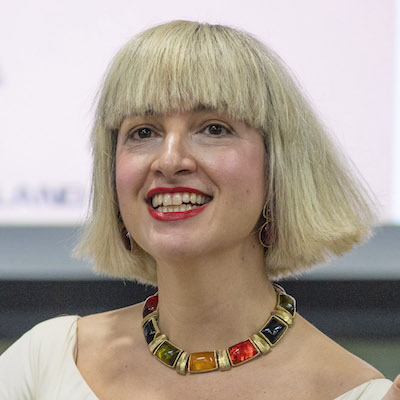
Kerri Hoffman
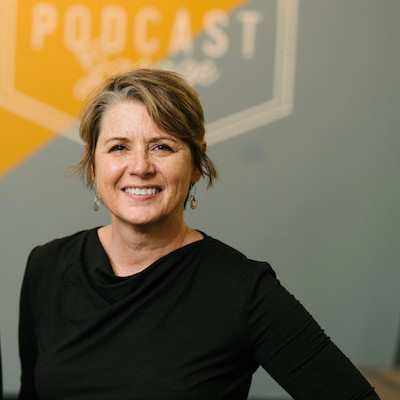
Simon Galperin

Whitney Phillips

Melody Kramer

Chicas Poderosas

Rachel Glickhouse

Ariel Zirulnick
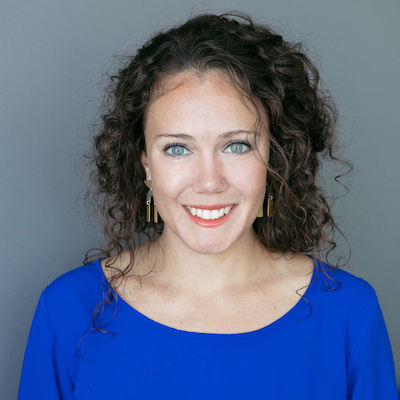
Joni Deutsch
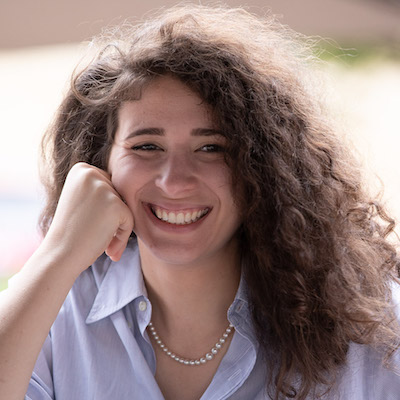
Gonzalo del Peon

Julia Angwin
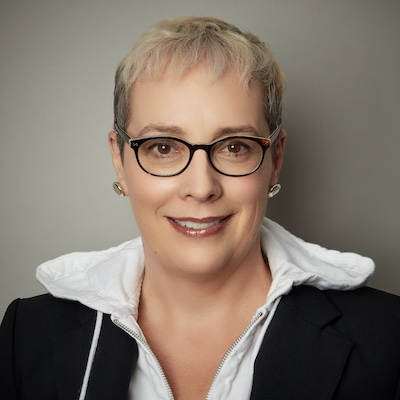
Tony Baranowski

Cindy Royal

Amy Schmitz Weiss
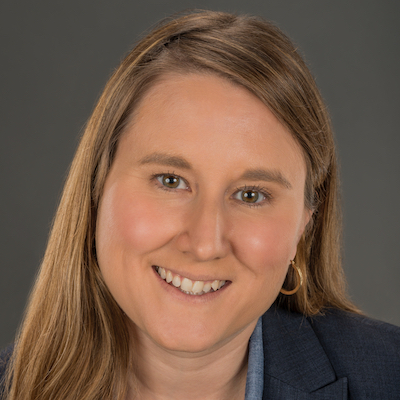
Matt Karolian
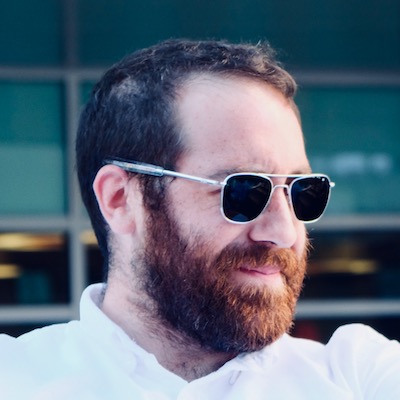
Victor Pickard

Raney Aronson-Rath

Joshua P. Darr
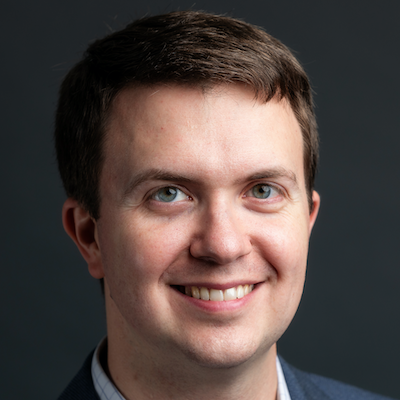
Millie Tran
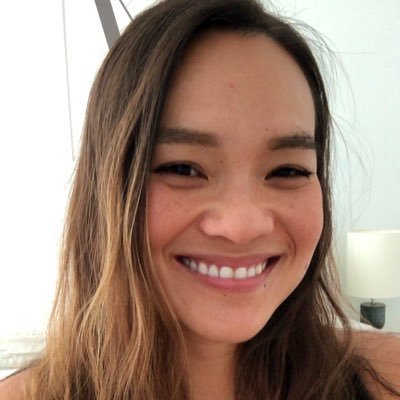
Jesenia De Moya Correa
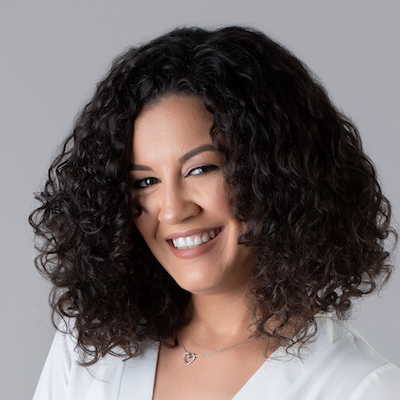
Sarah Stonbely

Stephen Fowler
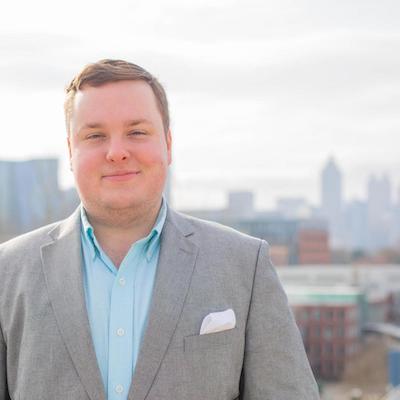
Joanne McNeil

Candace Amos
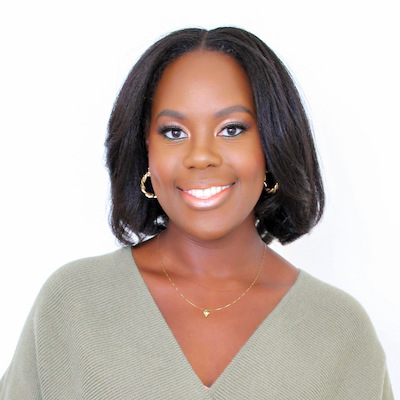
Izabella Kaminska
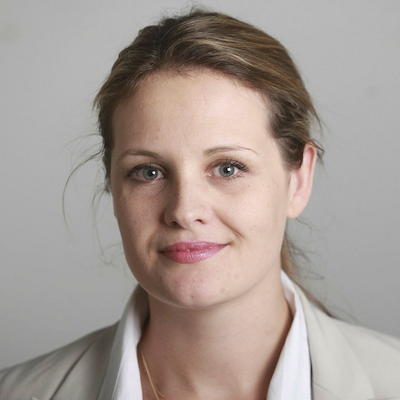
Brian Moritz

Doris Truong
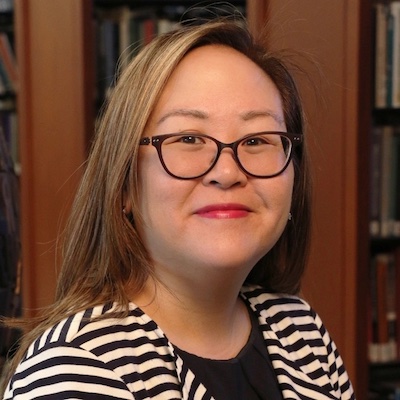
Rasmus Kleis Nielsen

Parker Molloy

Kathleen Searles Rebekah Trumble

Jesse Holcomb
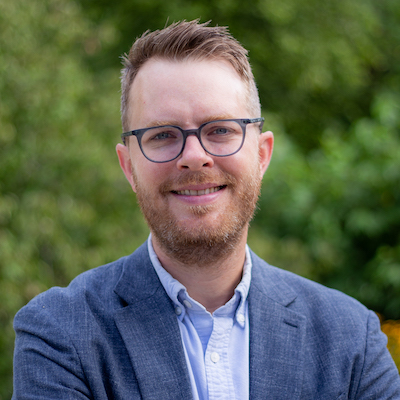
Daniel Eilemberg
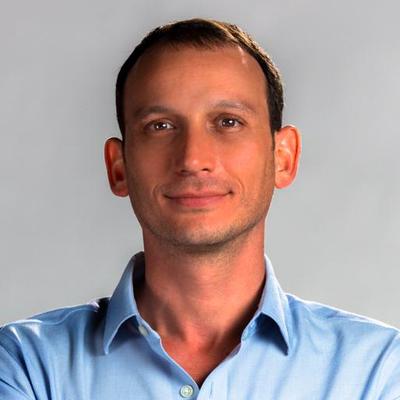
Anita Varma
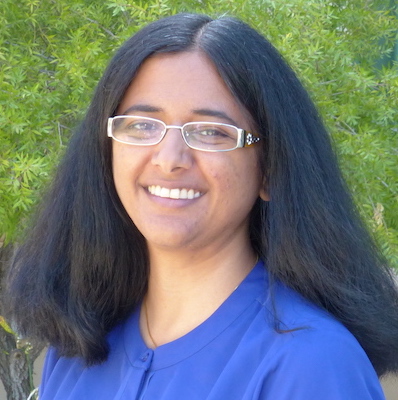
Robert Hernandez
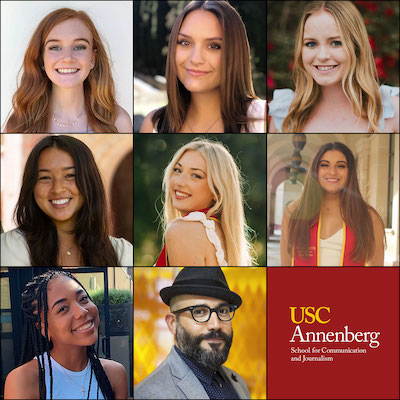
Anthony Nadler

Tom Trewinnard
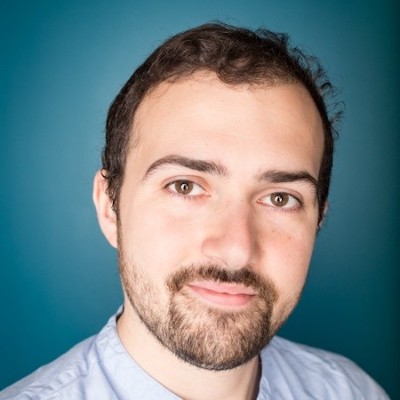
Joy Mayer
